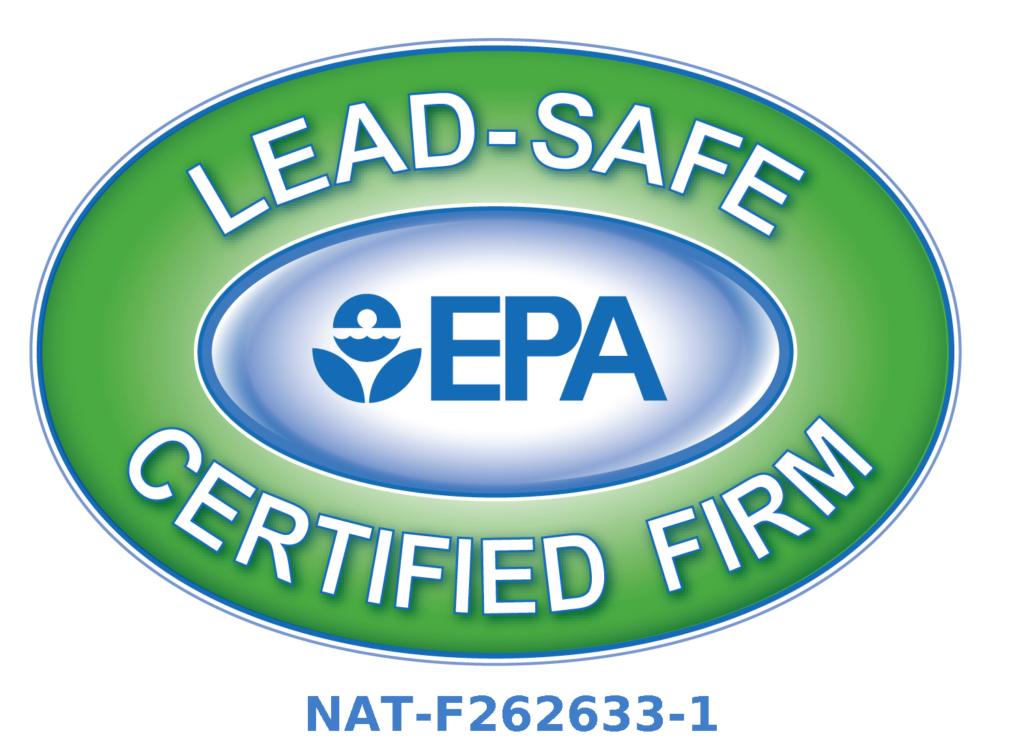
Understanding the Role of the EPA
Environmental Protection Agency

As homeowners, we often focus on the visible aspects of our living spaces—the paint on the walls, the condition of the roof, or the functionality of the HVAC system. However, there’s a crucial aspect that’s sometimes overlooked but holds significant importance: environmental health. This is where the Environmental Protection Agency (EPA) steps in, intersecting with the realm of home and building inspection in many ways.

Environmental Testing: Peering Beyond the Surface
Home inspections go beyond merely checking the structural integrity or aesthetics of a property. They delve into environmental factors that could affect the health and safety of occupants. Environmental testing, a crucial aspect of this process, encompasses various facets like air quality, water quality, and the presence of hazardous materials.
The EPA sets standards and guidelines for environmental testing protocols, ensuring that homes and buildings meet certain health and safety benchmarks. Home inspectors, equipped with the knowledge and tools endorsed by the EPA, conduct comprehensive assessments to identify potential environmental hazards.
Air and Water Quality: Breathing Easy, Drinking Safe
Indoor air quality and water quality play pivotal roles in maintaining a healthy living environment. Poor air quality can exacerbate respiratory issues and allergies, while contaminated water can pose serious health risks. The EPA provides extensive resources and regulations aimed at safeguarding air and water quality in residential and commercial spaces.
During a home inspection, inspectors may conduct tests for pollutants, such as radon, mold, or volatile organic compounds (VOCs), that can compromise indoor air quality. Additionally, they may assess the water supply for contaminants like lead, arsenic, or bacteria, ensuring that it meets EPA standards for potable water.
Certifications and Compliance: Upholding Standards
Certifications and compliance with EPA regulations are integral aspects of the home inspection process. Home inspectors often undergo specialized training and certification programs recognized by the EPA to stay abreast of industry standards and best practices.
By adhering to EPA guidelines, inspectors ensure that homes and buildings are in compliance with environmental regulations, fostering a safe and healthy environment for occupants. Moreover, compliance with EPA standards enhances the credibility and reliability of home inspection services, instilling confidence in homeowners and buyers alike.
Partnering for Environmental Health
The collaboration between home inspectors and the EPA underscores a shared commitment to environmental health and safety. By leveraging the expertise and resources provided by the EPA, home inspectors can effectively identify and mitigate environmental hazards, promoting healthier living spaces for all.
As a homeowner or prospective buyer, it’s essential to recognize the pivotal role that the EPA plays in the realm of home inspection. By prioritizing environmental health and aligning with EPA standards, you can ensure that your home is a haven of safety and well-being for you and your loved ones.
